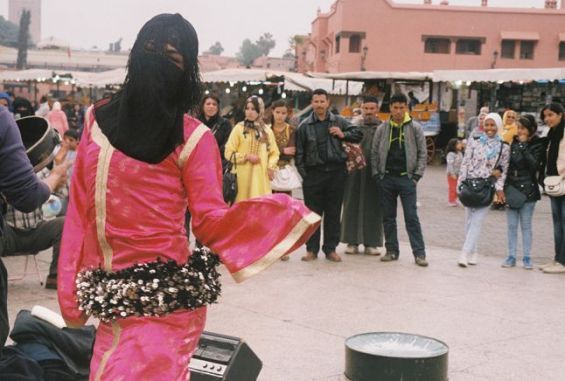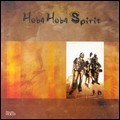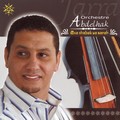With their long colored caftans, sheer mesh fabric hiding their faces and sparkling headbands, they dance, sing and entertain passersby. Foreigners visiting Marrakech’s Jamaa el-Fnaa for the first time may confuse them for women, female dancers. But to those who know the ins and outs of the centuries-old square, these proportionally-long silhouettes belong to Jamaa el-Fnaa’s male belly dancers.
For decades, these performers have been assuming the roles of female dancers, attired in women’s clothing and adopting a feminine attitude that does not fail to attract the audience. While some people see them as Morocco’s traditional drag queens, others see in them a long-lasting tradition that says a lot about the functioning of the Moroccan society.
This tradition, however, has emerged decades ago. To women’s studies scholars George Haggerty and Bonnie Zimmerman, Morocco and other countries in the region have «had a long tradition of male dancers and performers».
A long-lasting tradition in Morocco
Years before the French colonization, these men «often attired in women’s clothing, would perform in cafes and cabarets that doubled as brothels», wrote Haggerty and Zimmerman in their book «Encyclopedia of Lesbian and Gay Histories and Cultures» (Garland Science, 2003).

«When the French colonial rule began, shocked colonial administrators closed many of these performance venues», the Encyclopedia recalled. However, the tradition continued and survived the «ban», making it to our modern days.
Unlike the French, these (fe)male dancers were tolerated by Moroccans and had even managed to attract a large fan base among locals and foreigners in several parts of the country. «Male dancers in women clothing were almost everywhere in Morocco and performed in several renown squares, such Jamaa el-Fnaa in Marrakech, Lahdim square in Meknes and others», popular culture expert Hassan El Mazouni recalled.
To the Marrakech-native, drag dancers are part of the «diverse and amusing atmosphere of the city’s square (Marrakech)». But unlike other performers in Jamaa el-Fnaa, these dancers are «unique, different, unusual and exotic», El Mazouni told Yabiladi.
«These men dress up like women, walk like women, talk like women and most of all act like women», he said, stressing that they are «actors and performers and sometimes tend to deliver a message about society and Moroccans’ common issues».
Although outside these squares, that are mainly based on entertainment, assuming the role of women remains badly seen, inside these venues the practice has been tolerated and accepted for years. El Mazouni believes that it is part of the «fun». «Art allows it», he answered, explaining that Jamaa el-Fnaa, where the practice is still present «is a space that has its own rules and red lines that are completely different from the ones set outside».
«I see Jamaa el-Fnaa as a place that breaks taboos, meaning that what is allowed within is not permitted outside», the university professor added, explaining that this was one of the reasons why the tradition continued.
Unfit for women, assumed by men
Surviving the changes of the Moroccan society, the old tradition is explained otherwise by other people. While El Mazouni sees it as an important part of the traditional entertainment industry in Morocco, others believe that the practice emerged because of the boundaries that controlled the social interactions of Moroccan women in the past.
To Haggerty and Zimmerman, in Morocco «belly dancing and singing in public have been equated with prostitution» and «such careers were deemed unfit for women». For this reason, «these roles were frequently assumed by boys and young men».

The same idea was shared by Moroccan historian Ahmed Amalik, who explains that Moroccan women in the past couldn’t take part in the entertainment industry. «Men used to wear women clothes to play their roles because it was unfit for women to do that», Amalik said.
Decades ago, women had limited «outdoor activities» for years. According to Amalik, Moroccan women started going out more in the 1940s, under the influence of several crises, including World War II and hunger.
«Most men were sent to war while others died in it and women were forced to leave their houses to survive», recalled the historian.
Tolerance over marginalization
But to Moroccan sociologist Mohamed Almotamasik, the tradition of male belly dancers has more to say about the way the Moroccan traditional society functioned in the past. The practice in itself, according to the professor, says a lot about roles and genders in the Kingdom.
«In Morocco, like in many other societies, men and women have separate roles that differed from one another and any attempt to exchange these roles was unaccepted», the sociologist argued.
To Almotamasik, most of these male dancers were individuals who could not fit in one of these two roles and had to find a balance. The reason why these traditions were tolerated, despite the religious point of view that bans such practices, is the fact that Moroccans «valued tolerance over marginalization».

«The Moroccan society has found a way to counter the exclusion of ‘unfit and against the norms people’, even when it comes to homosexuality», Almotamasik said. And the entertainment industry was a refuge to these men. Art has allowed them to express themselves, granted them some freedom and enabled them to fit in in a society that does not accept homosexuality, he declared.
«This shows that the Moroccan society has been able in the past to accept diversity and give these dancers a chance of blending in», Almotamasik concluded.
Male belly dancers in Morocco are still there but their numbers are declining. Today, only one troupe is still performing in Jamaa el-Fnaa square. However, the long-lasting tradition has taken a modern turn with the emergence of a new band, mimicking the core of male belly dancing. Through Kabaret chikhats, the members of this young band sing, dance and perform while attired in women's clothing.




 chargement...
chargement...












